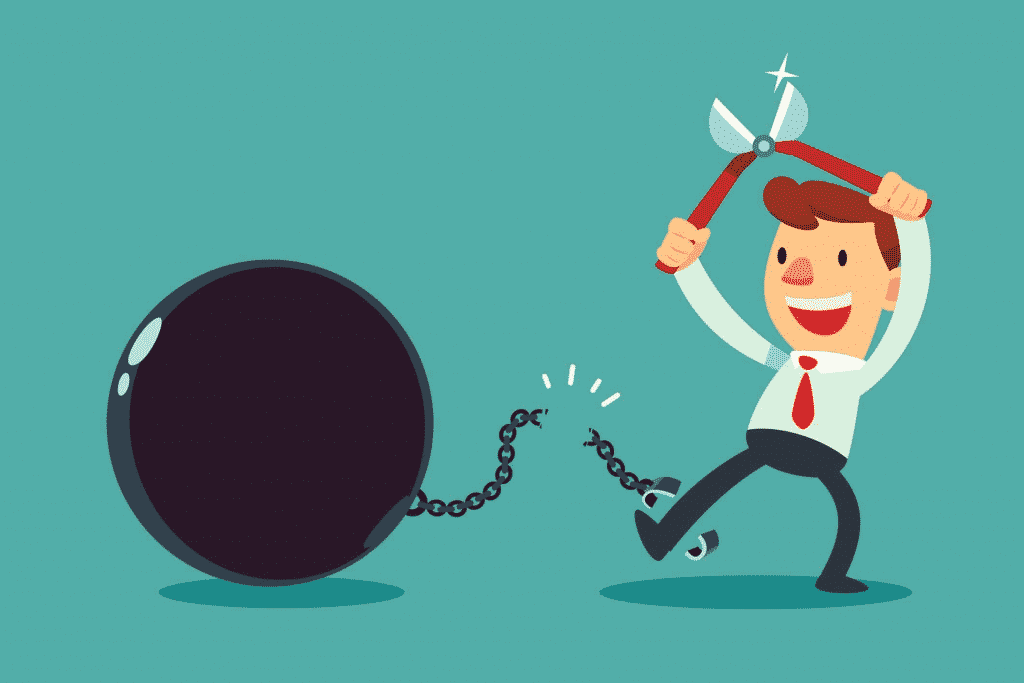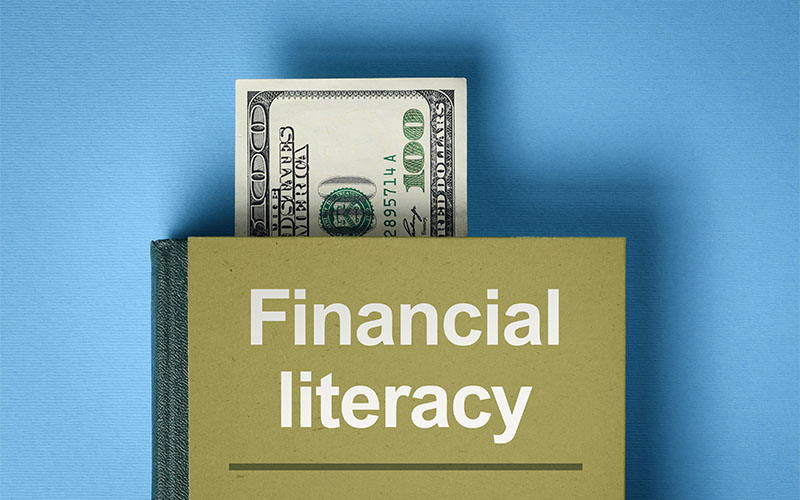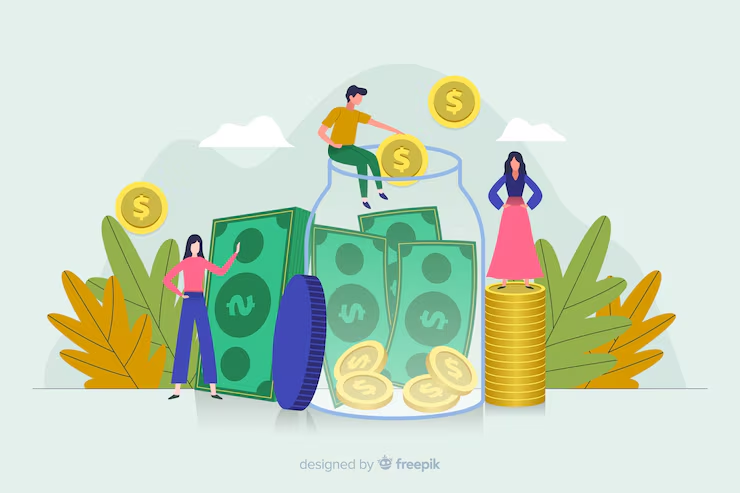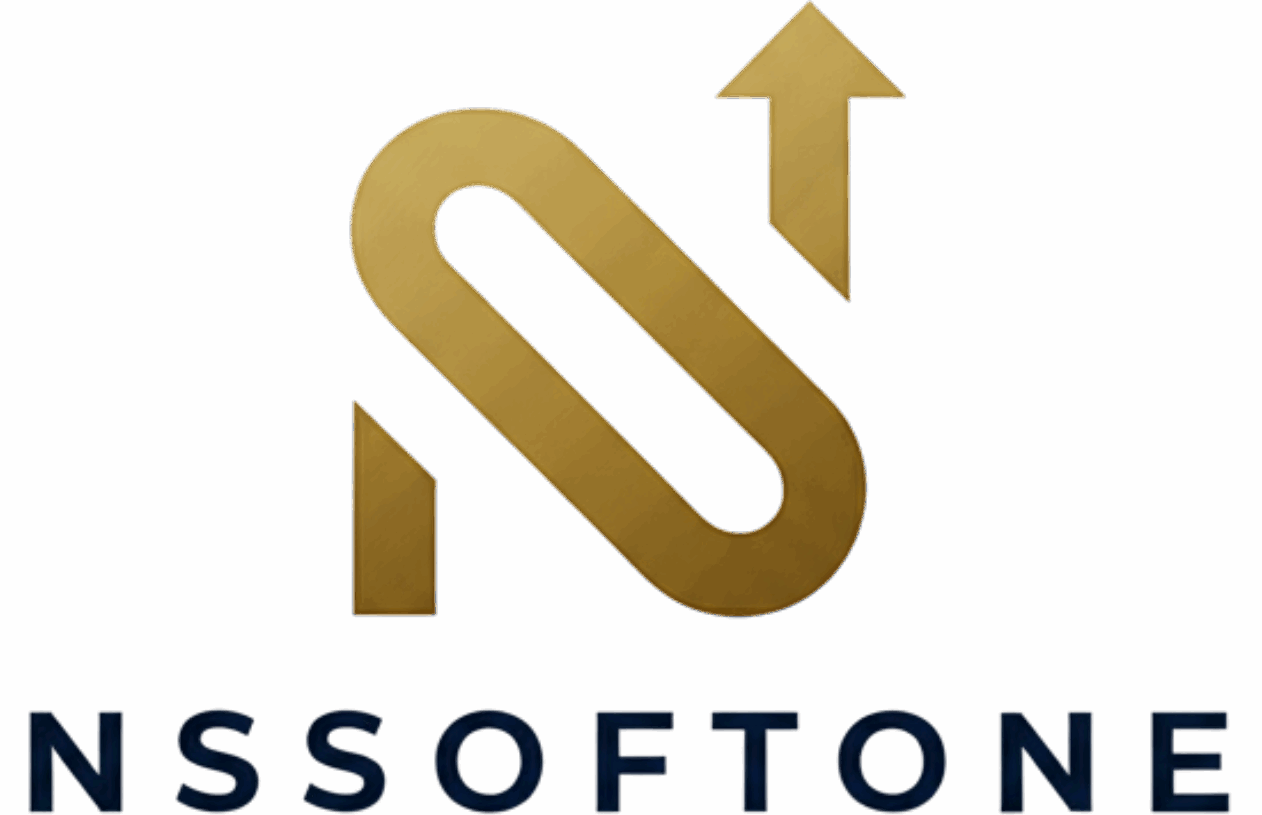Debt is a ubiquitous feature of modern economic life. From student loans and mortgages to credit card balances and personal lines of credit, borrowing has become an ingrained part of consumer behavior. While debt, when managed responsibly, can be a powerful tool for building wealth and achieving major life goals (such as owning a home or starting a business), unchecked and poorly managed debt can rapidly become a crushing burden—a financial prison that stifles opportunity and breeds constant stress.
For many, the transition from living perpetually under the shadow of debt to enjoying true financial freedom seems like a daunting, almost impossible dream. However, the path is not paved with magical windfalls or impossibly high salaries. Instead, it is illuminated by the steady, consistent light of financial education. This education is the fundamental power source that transforms a cycle of borrowing and payment into a trajectory of saving, investing, and true independence.
The Financial Literacy Gap: A Root Cause of Indebtedness
The simple truth is that most people are never formally taught how to manage money. Our education systems excel at preparing us for careers, but often neglect the crucial life skill of personal finance. This widespread “financial literacy gap” is a primary driver of the global debt crisis.
Financial illiteracy is more than just not knowing how to pick stocks; it is the absence of foundational knowledge in areas critical to daily life:
- Budgeting and Cash Flow Management: Not understanding where money goes, leading to consistent overspending.
- Understanding Interest Rates: Failing to grasp the exponential cost of compound interest, especially on high-interest debt like credit cards.
- The Difference Between Good and Bad Debt: Confusing leveraging for productive assets (like a low-interest mortgage for an appreciating property) with borrowing for depreciating consumer goods.
- Credit Scores and Credit Reports: Not knowing how a credit profile is built and maintained, which impacts every major financial decision, from renting an apartment to securing a job.
Without this basic understanding, people are left vulnerable. They fall prey to predatory lending, make impulsive, high-cost financial decisions, and, inevitably, find themselves swimming against a rising tide of obligations.
Pillar 1: The Transformative Power of Budgeting and Tracking
The journey from debt to freedom begins not with a drastic income increase, but with a profound moment of self-awareness: understanding one’s current financial reality. This is achieved through mastering budgeting and cash flow tracking.
Many people resist creating a budget, viewing it as a restrictive, painful process. In reality, a budget is a blueprint for your future; it’s a tool for intentional spending that aligns your money with your values.
The “Know Your Numbers” Principle: The most effective financial education starts with data. Before cutting a single expense, one must track every dollar coming in and every dollar going out for at least one month. This exercise often yields startling results, revealing “money leaks” in areas like subscriptions, dining out, or impulse online shopping.
Once the data is clear, a realistic budget can be established. Methods range from the simple 50/30/20 rule (50% for needs, 30% for wants, 20% for savings/debt repayment) to the zero-based budget, where every dollar is assigned a job. The core lesson here is that a budget is a mechanism for gaining control—shifting from a reactive borrower to a proactive financial manager.
Pillar 2: The Strategic Attack on High-Interest Debt
Once cash flow is controlled, the focus must shift to debt eradication. Financial education provides the strategic frameworks necessary to tackle debt efficiently. Two popular, highly effective methods stand out:
- The Debt Snowball: Developed by financial personality Dave Ramsey, this method focuses on behavioral momentum. List all debts from smallest balance to largest. Pay only the minimum on all debts except the smallest. Throw every extra dollar at that smallest debt. Once it’s paid off, the payment amount you were making (the ‘snowball’) is rolled into the next smallest debt. This psychological victory of paying off smaller accounts first is a powerful motivator.
- The Debt Avalanche: This is the mathematically optimal strategy. List all debts from highest interest rate to lowest. Attack the debt with the highest interest rate first, regardless of the balance. While it may take longer to see the first debt vanish, this method saves the most money in the long run by minimizing the total interest paid.
A crucial educational component here is understanding compounding. Just as compounding works for you with investments, it works against you with debt. Learning to calculate how much an $18,000 credit card balance will cost over ten years at a 25% interest rate is a sobering lesson that fuels the commitment to freedom.
Pillar 3: Building the Foundation of Resilience and Wealth
True financial education doesn’t end when the last debt is paid. In fact, it’s just the beginning. Freedom is sustained by two key pillars: resilience and wealth creation.
The Resilience of an Emergency Fund
The primary reason people fall back into debt is a lack of financial buffer to handle life’s inevitable emergencies—a car breakdown, a sudden illness, or a job loss. Financial education stresses the immediate importance of building a fully funded emergency savings account. This fund, typically covering three to six months of living expenses, acts as self-insurance. When disaster strikes, you tap your savings, not your credit card, thereby protecting your newly-won freedom.
The Power of Informed Investing
With debt gone and an emergency fund secured, financial education guides the individual toward wealth creation. This is where the crucial concepts of delayed gratification and risk management come into play.
- Compounding Interest at Work: The most potent lesson in finance is the “Magic of Compounding.” The money you invest today begins earning returns, and those returns then earn their own returns, leading to exponential growth over time.
- Diversification: Education teaches the importance of not putting all your eggs in one basket, protecting capital from the inevitable volatility of any single investment.
- Retirement Planning: Understanding tax-advantaged accounts (like 401(k)s, IRAs, and equivalent national plans) is essential. These tools are designed by governments to encourage saving, offering powerful tax breaks that accelerate wealth accumulation.
Informed investors understand that they are not engaging in speculation; they are participating in a long-term strategy that leverages time and consistency.
Conclusion: Financial Education as the Key to Economic Dignity
The journey “From Debt to Freedom” is a marathon, not a sprint. It demands discipline, patience, and a willingness to confront uncomfortable truths about one’s spending habits. But the most powerful force driving this transformation is not income or luck; it is knowledge.
Financial education is more than a set of skills; it is a path to economic dignity. It liberates individuals from the anxiety of living paycheck-to-paycheck, empowers them to make choices that align with their best interests, and ultimately allows them to use their most valuable resource—their income—as a tool for building a secure, prosperous life, rather than merely servicing past decisions.
By committing to continuous learning in personal finance, anyone can shed the chains of crippling debt, build a fortress of financial security, and step confidently onto the path of true, lasting freedom. The power is in the education; the freedom is the reward.




